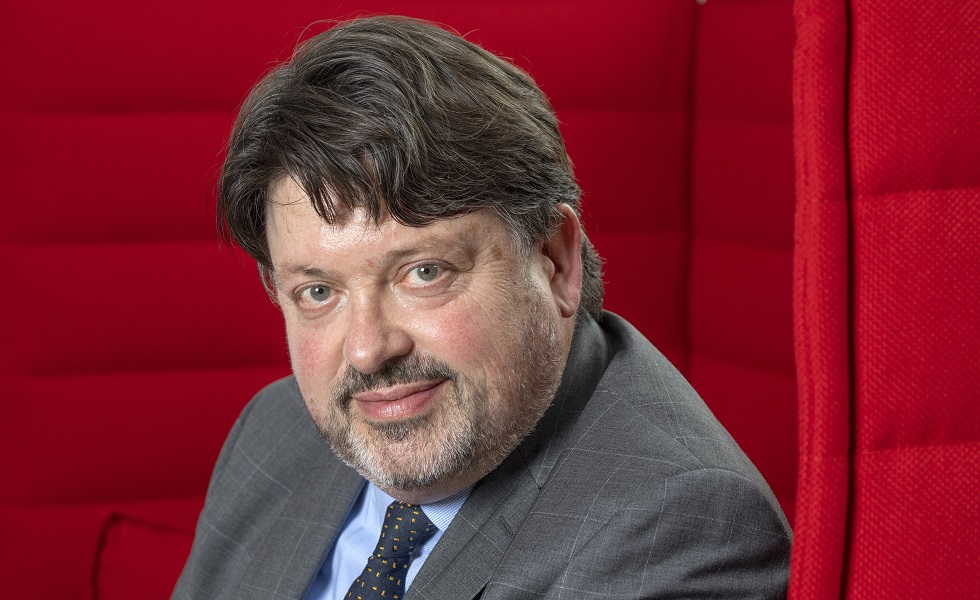Han Dieperink: The price of fear
Han Dieperink: The price of fear

This column was originally written in Dutch. This is an English translation.
By Han Dieperink, written in a personal capacity
The Netherlands is a country of dikes and polders. For thousands of years, we have learned to protect ourselves against the water and, as a result, have developed a deep-rooted desire for security. We are a nation of insurance policies – from our bicycles to our smartphone covers. However, we pay a high price for this security in the form of our pensions.
The core of the problem lies in a fundamental misconception inherent in our pension system. Whereas other countries hold their pension administrators accountable for returns achieved, we focus on coverage ratios. The Financial Assessment Framework (FTK) has created a system in which pension funds must be able to guarantee with 97.5% certainty that they can meet their nominal obligations. ‘If the coverage ratio falls below 110%, pension funds are not allowed to index,’ is the mantra that has dominated the pension world for years.
The result? A perverse incentive that causes administrators to play it safe. Not because of the interests of participants, who often still have 40 years to go before retirement, but because of their own career risks.
The Norwegian lesson
Why can the Norwegians do what we cannot? Their state pension fund, SPU, invests almost entirely abroad, with high exposure to US equities. This is not recklessness – it is a well-considered strategy based on the insight that pension money is, by its very nature, long-term money.
While Dutch funds are bound by strict rules that limit their investment freedom, the Norwegians have been able to optimise their strategy for maximum long-term returns. The result: pension assets that enable the Norwegian government to guarantee prosperity for generations to come.
Norway is not the only country offering inspiration. The Japanese Government Pension Investment Fund (GPIF) has radically changed its strategy in recent years, with a sharp increase in equity investments and foreign investments. Canada's pension model combines professional asset management with long-term thinking and has consistently delivered strong returns. Even within Europe, we see alternatives. Danish pension funds have developed a system whereby automatic adjustments are made based on life expectancy and returns, enabling them to respond more flexibly to market conditions.
The generation gap
An often overlooked aspect is the impact of our secure policies on different generations. Young workers pay contributions for decades for a pension that will have significantly less purchasing power when they retire than originally promised. At current inflation and investment return rates, today's 30-year-olds will retire in 37 years with a pension that could be worth up to 40% less in real terms. This raises fundamental questions about fairness. Is it fair that young people are saddled with a system that is primarily aimed at preventing nominal cuts for current pensioners, while their own pension prospects are being eroded?
We accept this system because people have a natural aversion to loss that is stronger than the urge to gain. A reduction in pension is perceived as twice as painful as an equal gain is pleasurable. This psychological reality is reinforced by our culture. In a country that has built its identity on the fight against water, risk minimisation is apparently deeply embedded in our collective consciousness. But what works against the sea does not necessarily work in the financial markets.
A new opportunity?
The Netherlands is on the threshold of a radical pension reform. The new pension system promises more scope for customisation and potentially higher returns. But the question is whether we are really prepared to let go of our deeply rooted culture of security. The transition offers opportunities for more individual freedom of choice in risk profiles, more flexible investment strategies, much more focus on real rather than nominal outcomes, and more transparent communication about risk and returns.
However, the political wind does not always blow in the direction of more risk. The call for certainty is loud during election time, and politicians who argue for more investment risk run the risk of being portrayed as ‘pension gamblers’. This dynamic reinforces the status quo bias in our system. Nevertheless, there is a growing awareness that the current course is unsustainable. More and more economists, actuaries and even pension fund managers are daring to say out loud what the figures have been saying for years: our obsessive pursuit of nominal certainty is costing us billions in lost returns.
An exclusive focus on nominal certainty is counterproductive. Pension funds should be assessed on their ability to maintain and increase purchasing power, not just on avoiding nominal cuts. That is why we must focus on the investment horizon of participants. For a 30-year-old, it is much more rational to accept temporary volatility in exchange for higher expected returns than for a 70-year-old. This requires a cultural shift. From pension administrators who are assessed on coverage ratios to administrators who are held accountable for long-term returns. From supervisors who focus on short-term risks to supervisors who put the long-term interests of participants first.
By focusing so much on avoiding nominal losses, we have created a system that virtually guarantees that pensioners will suffer real losses. However, dikes do not only work to reduce risks, they also reverse the tide.






